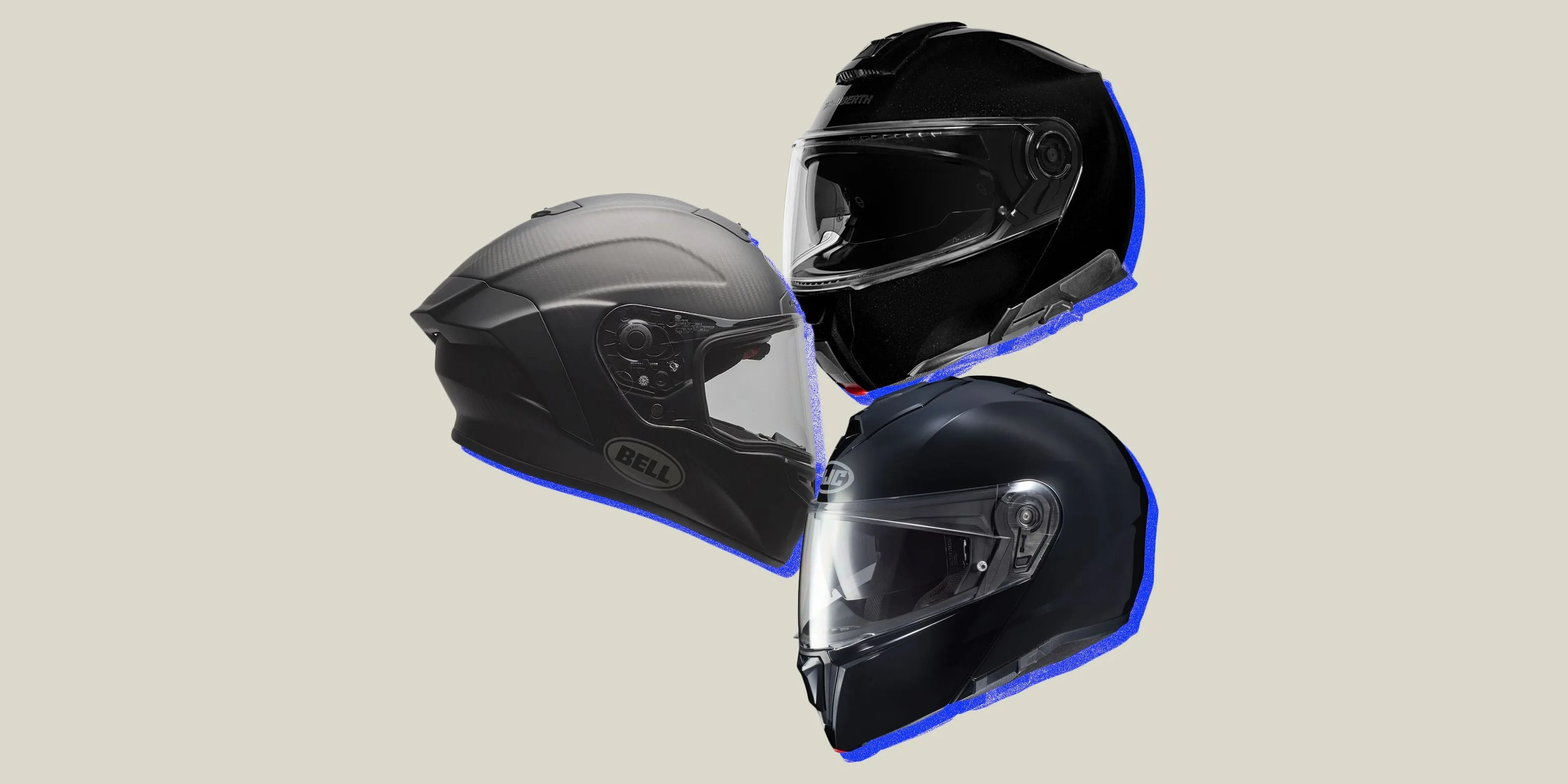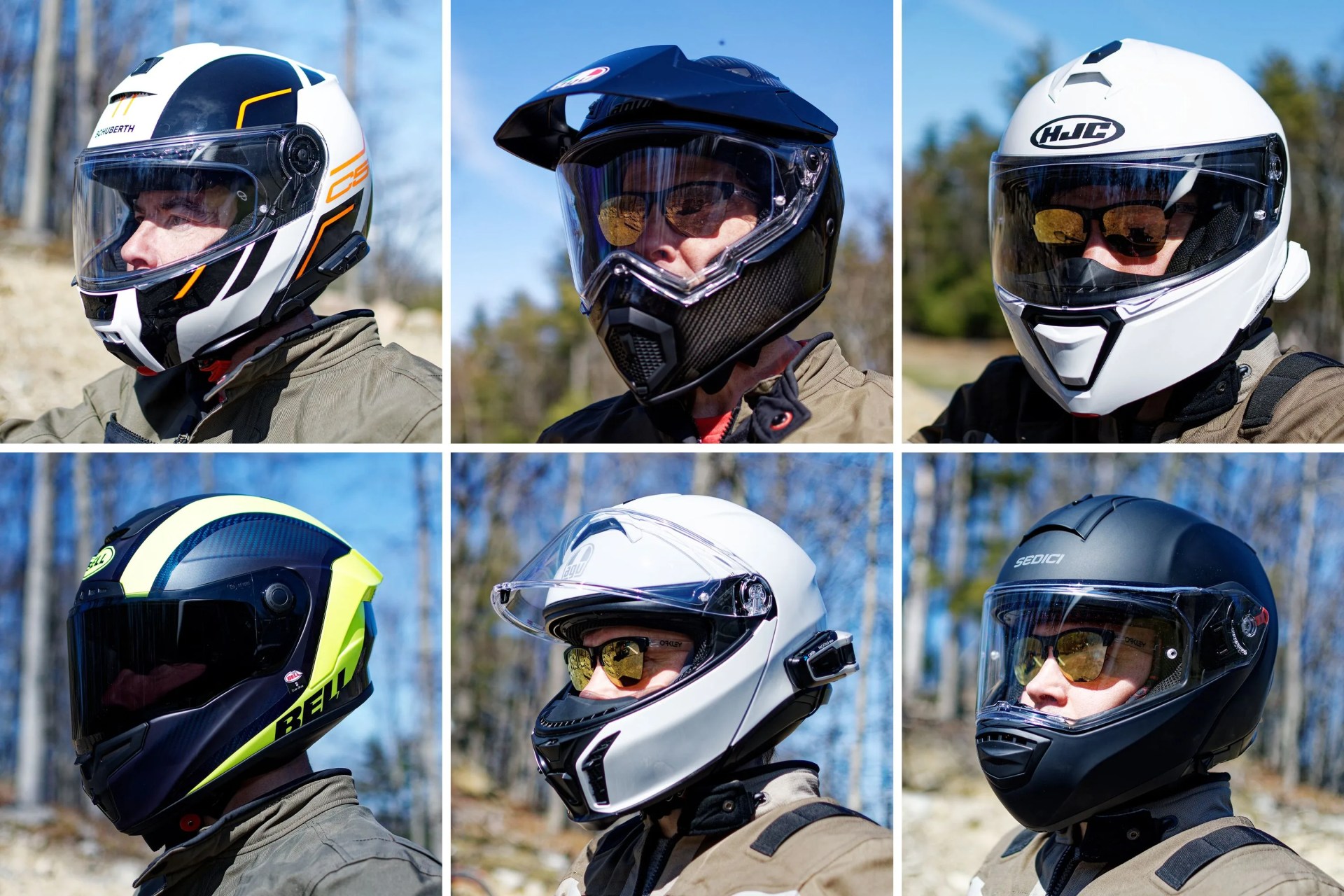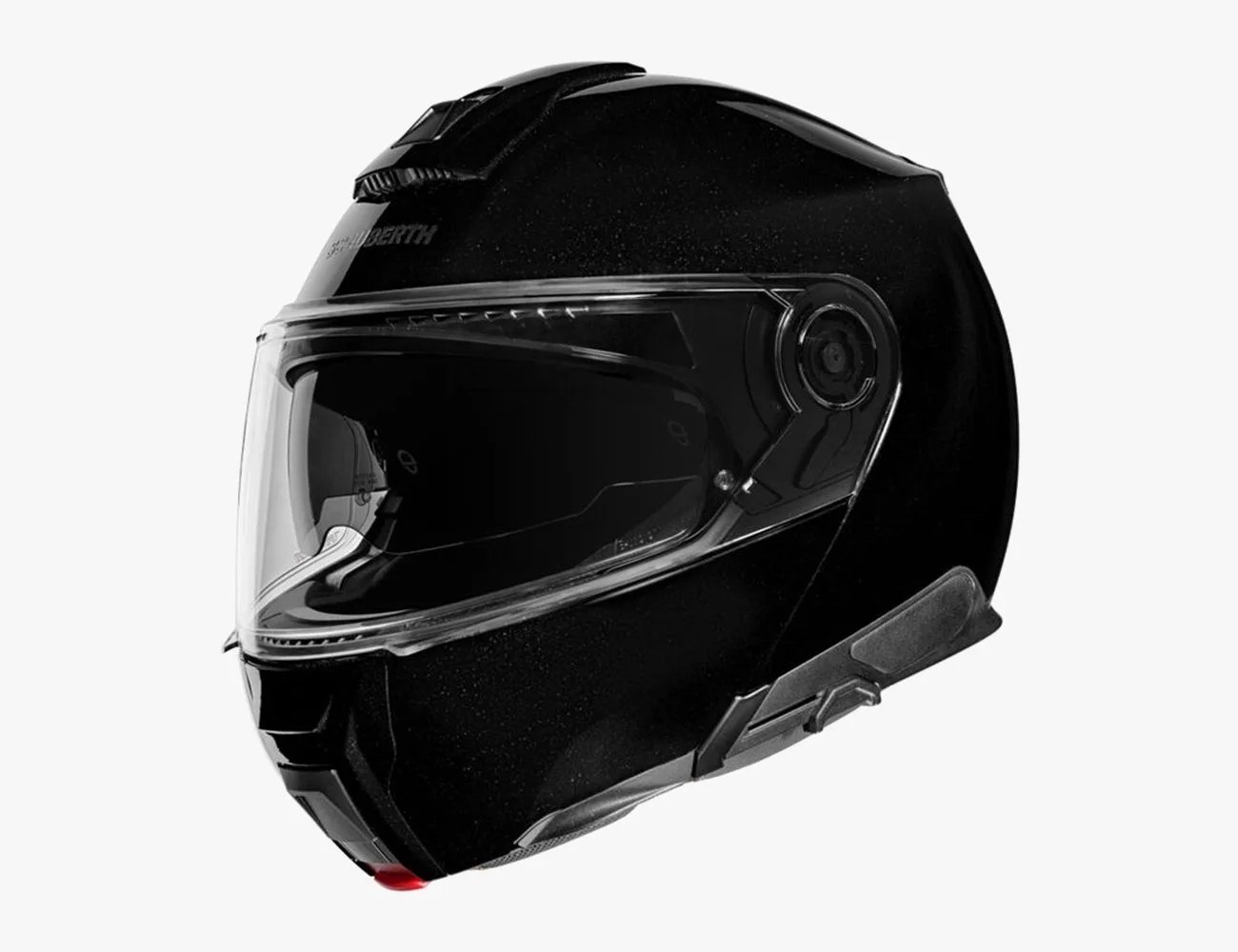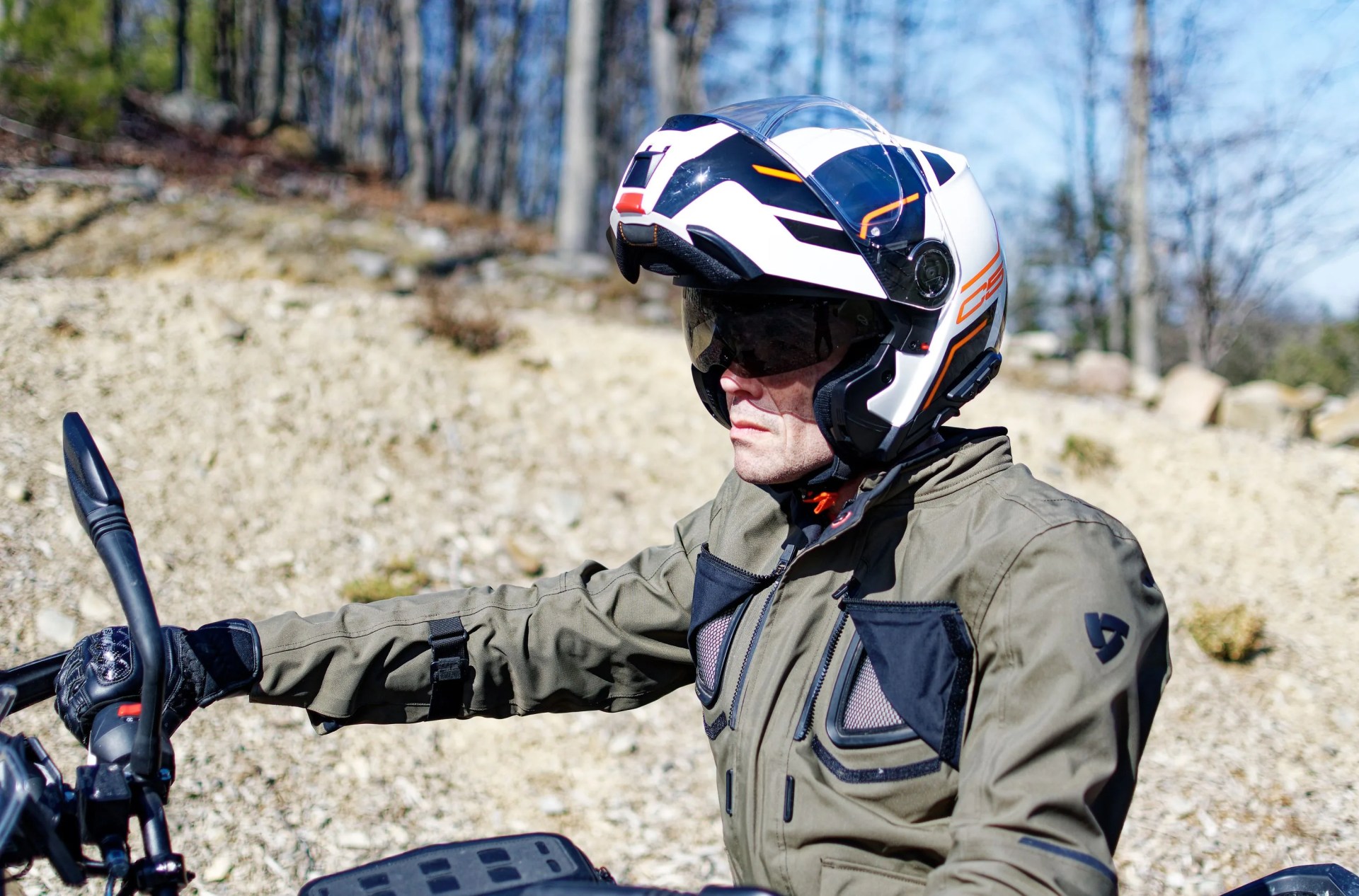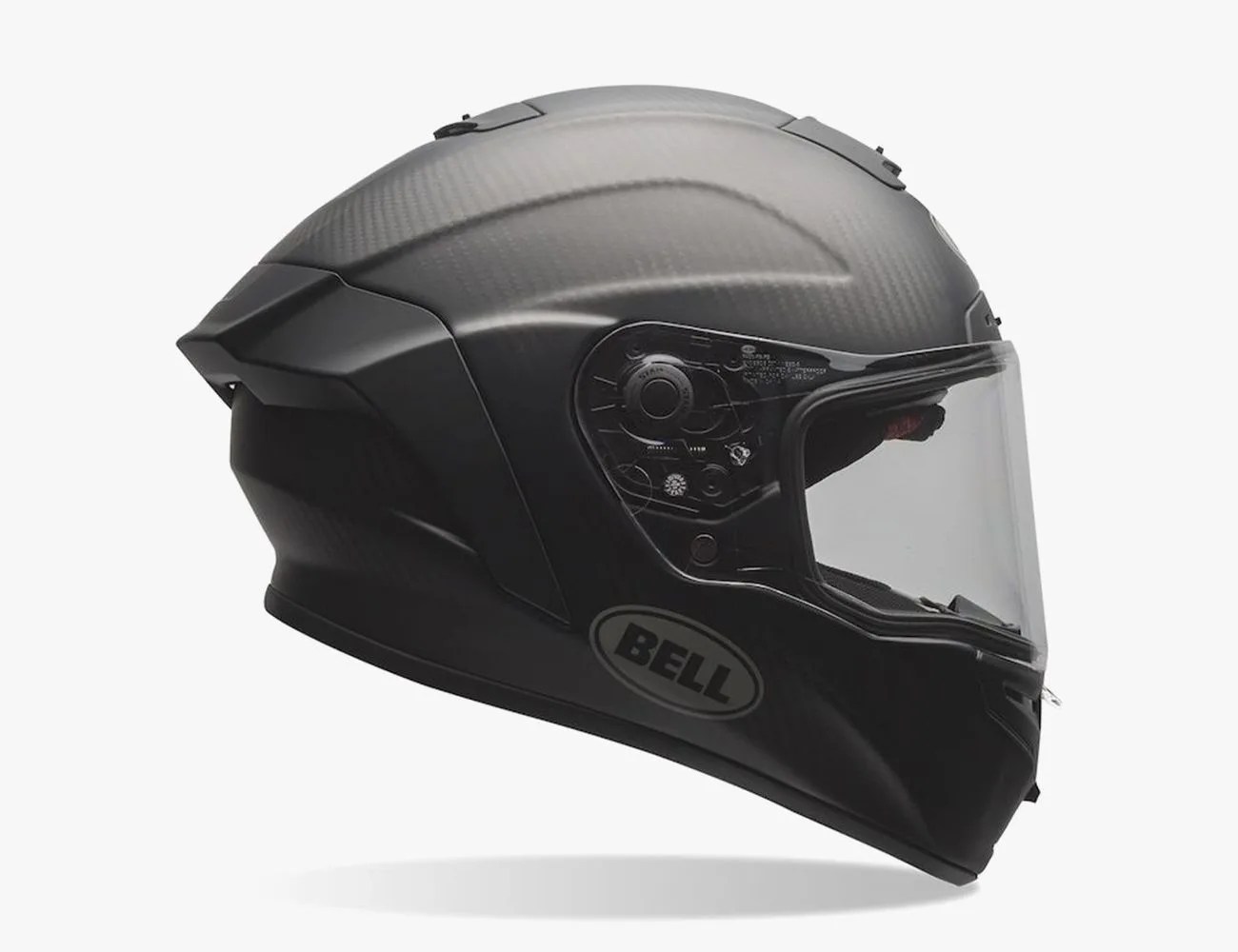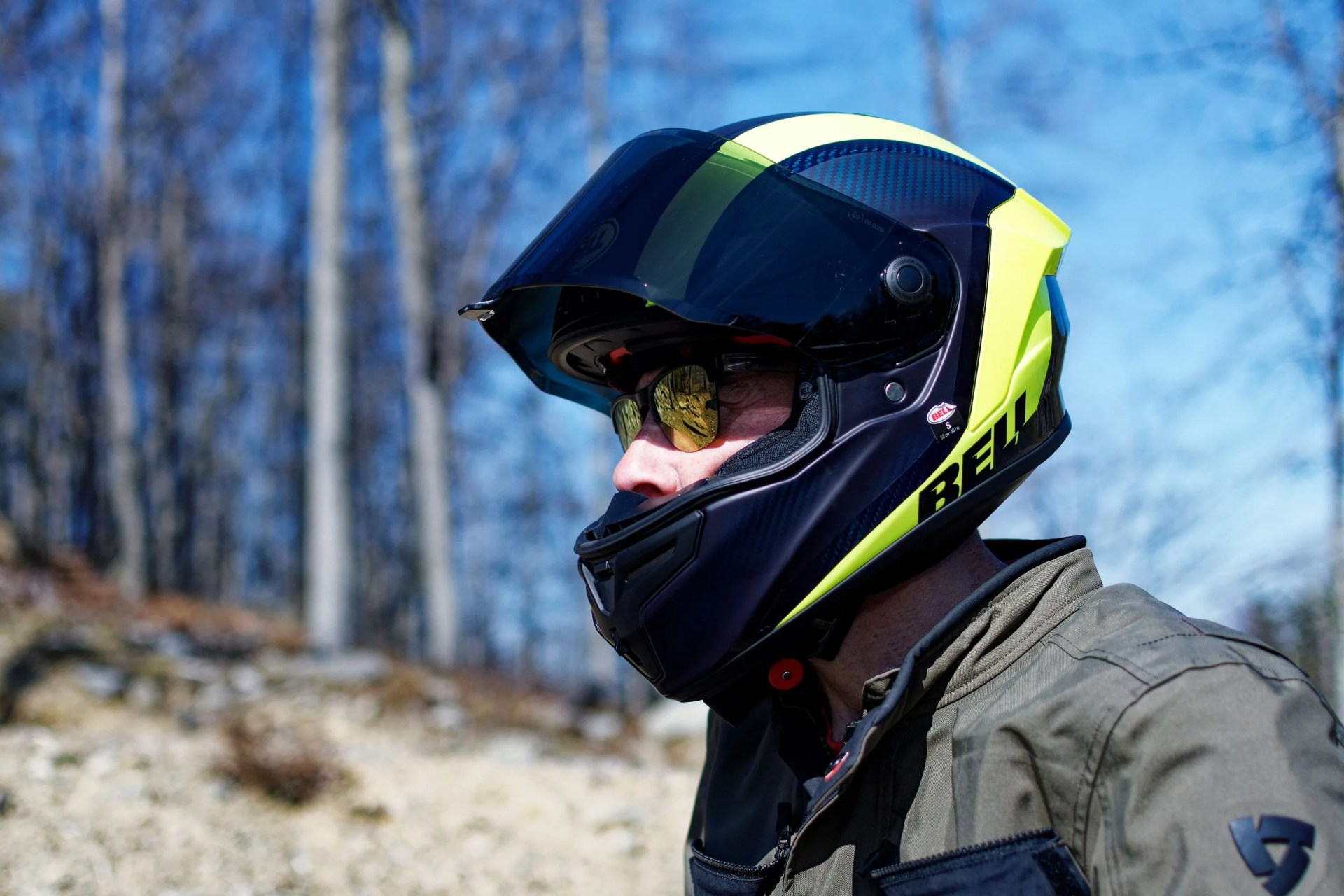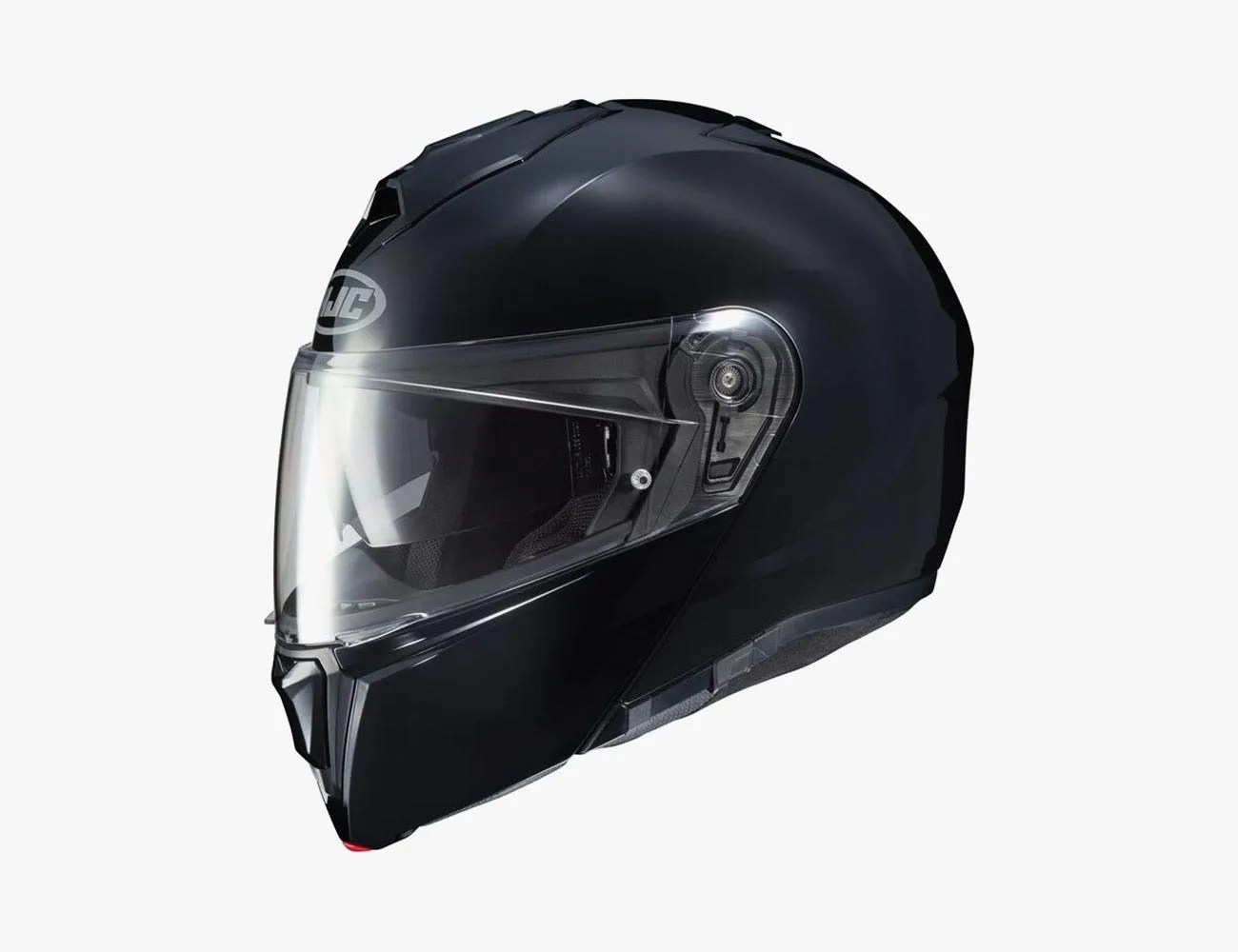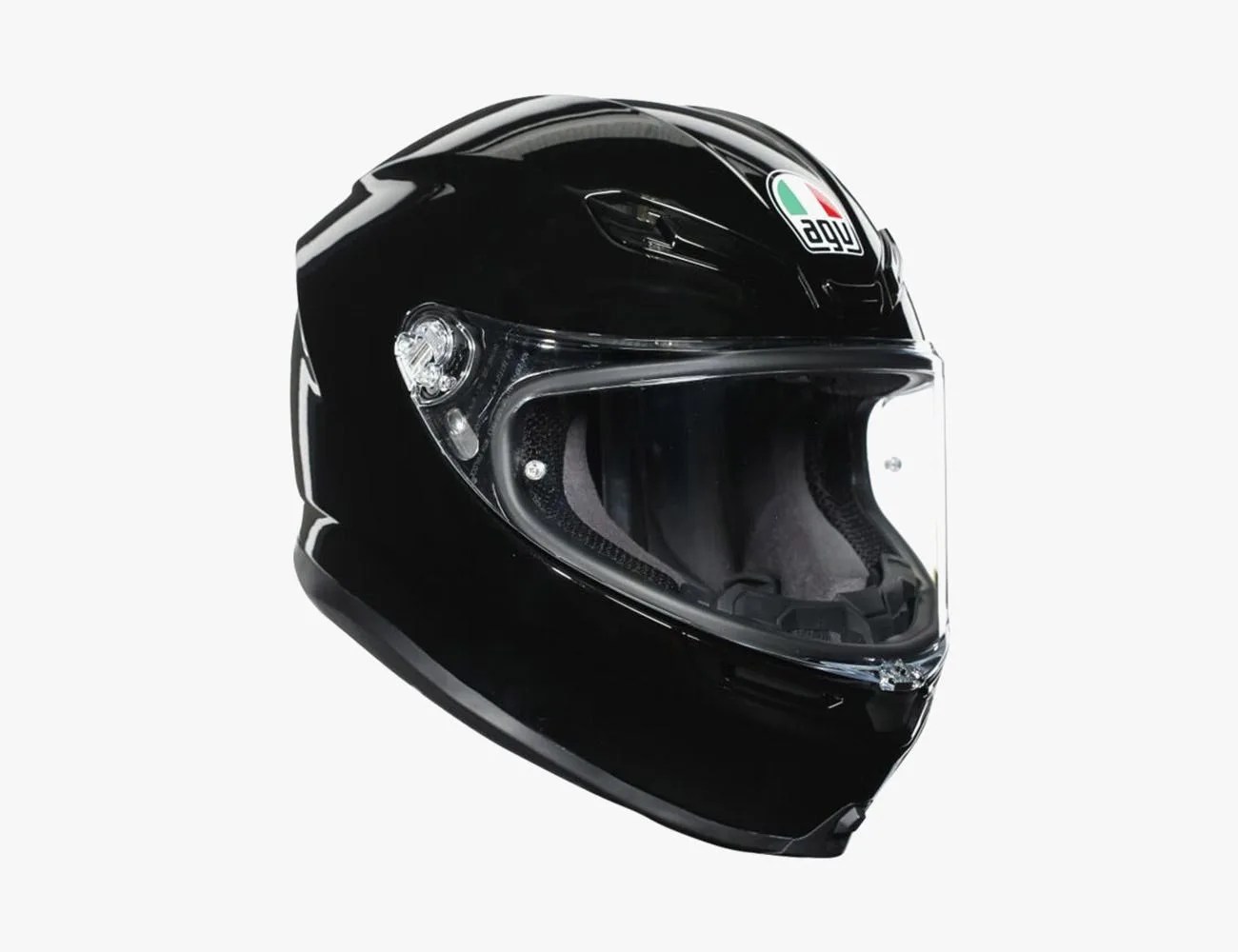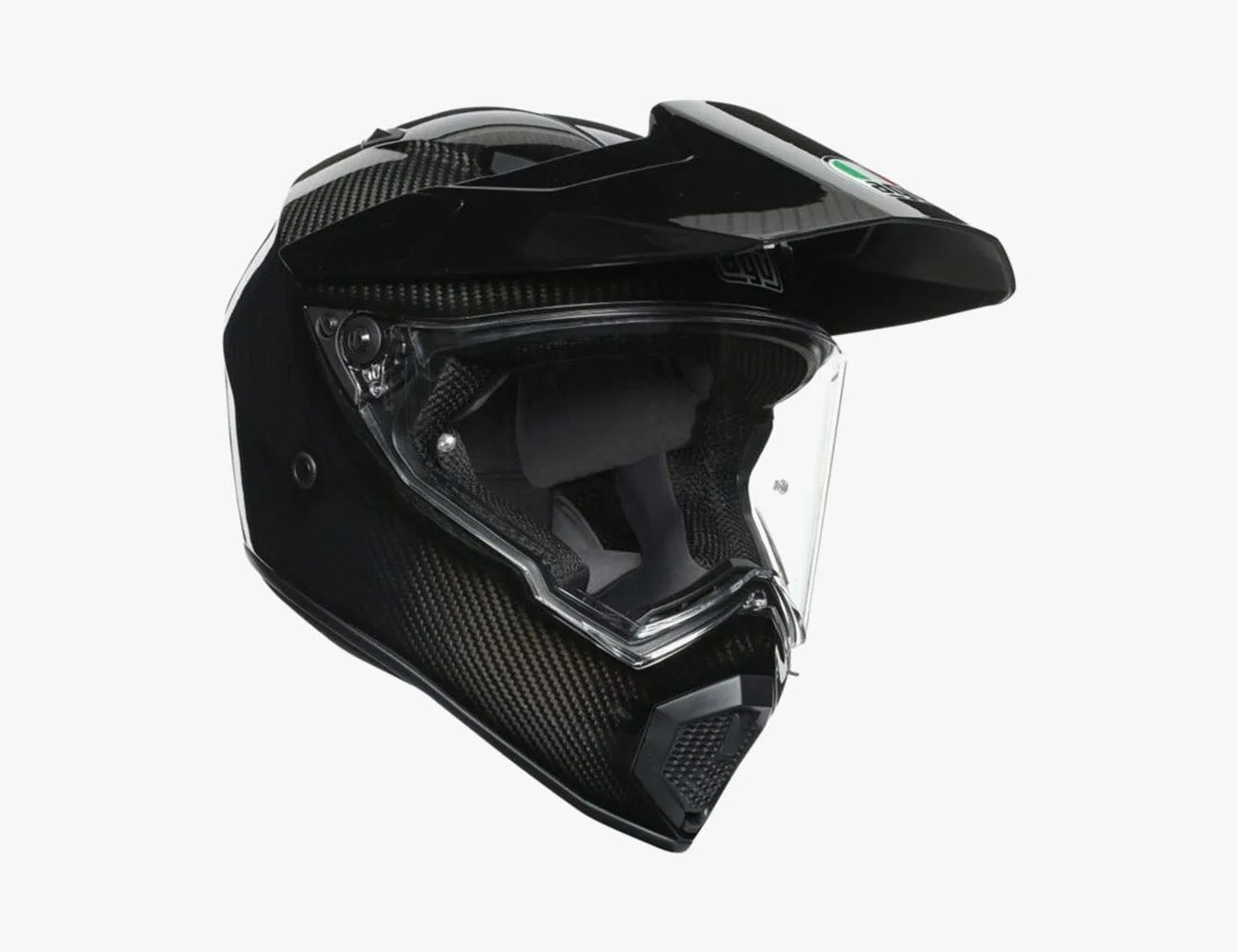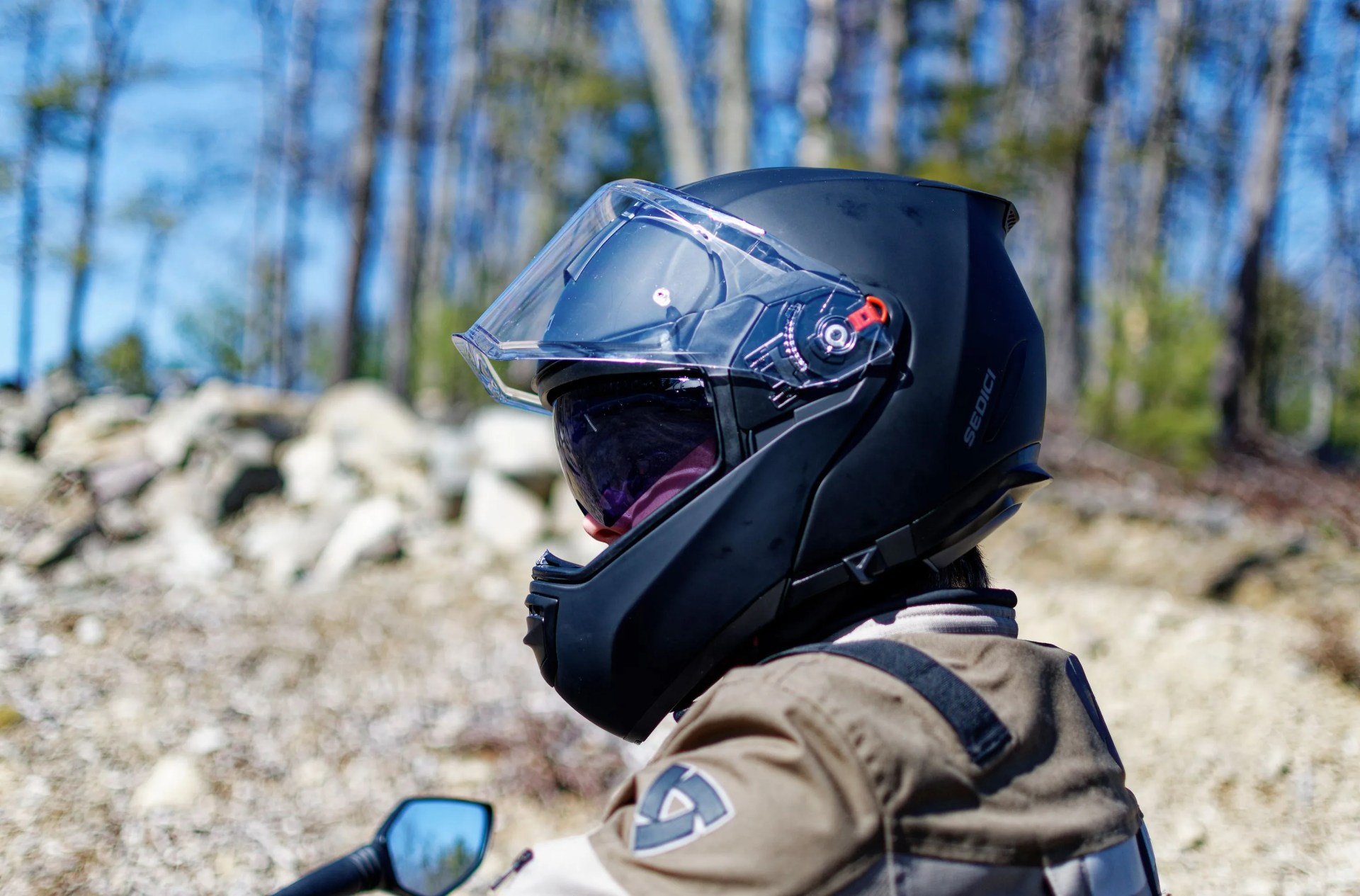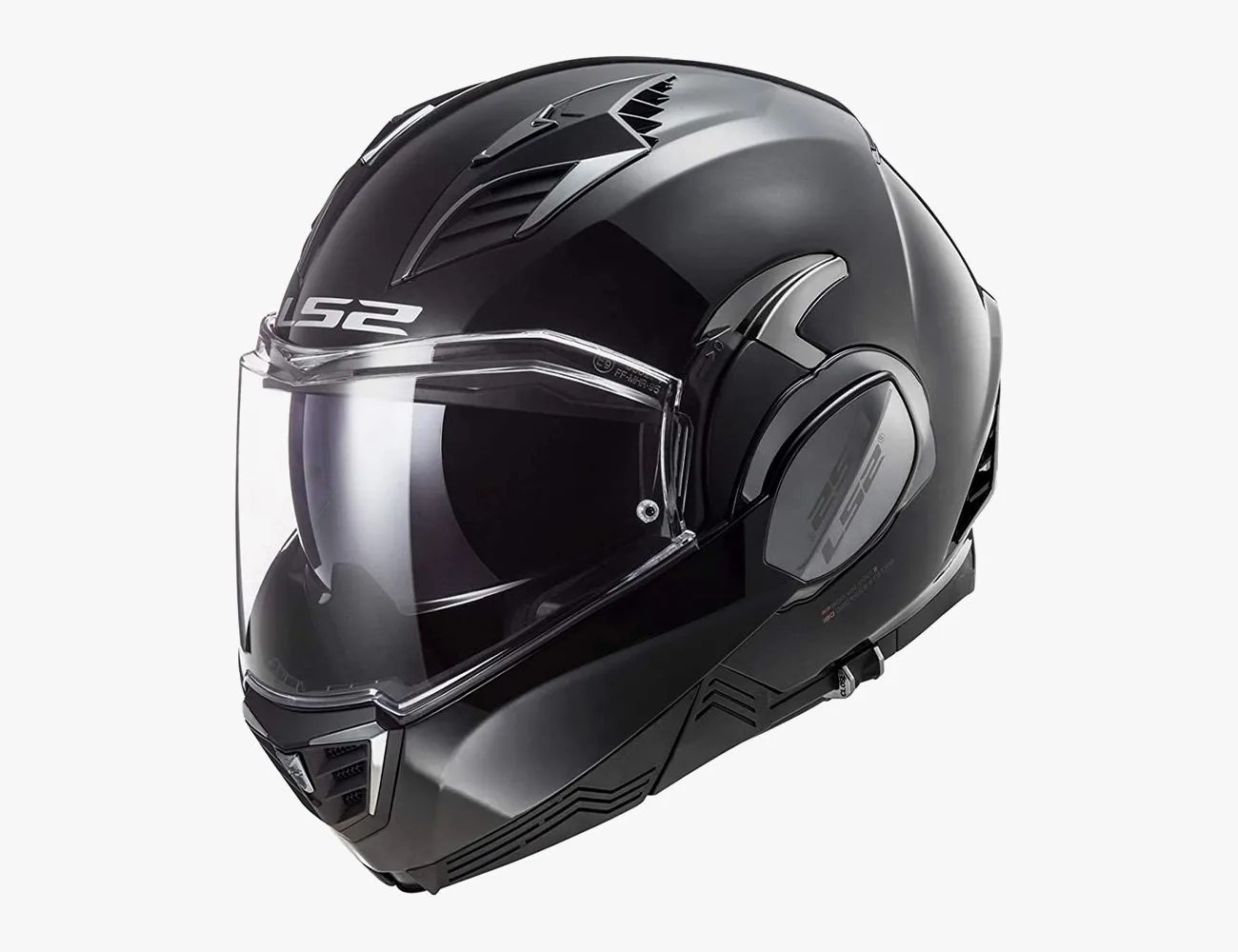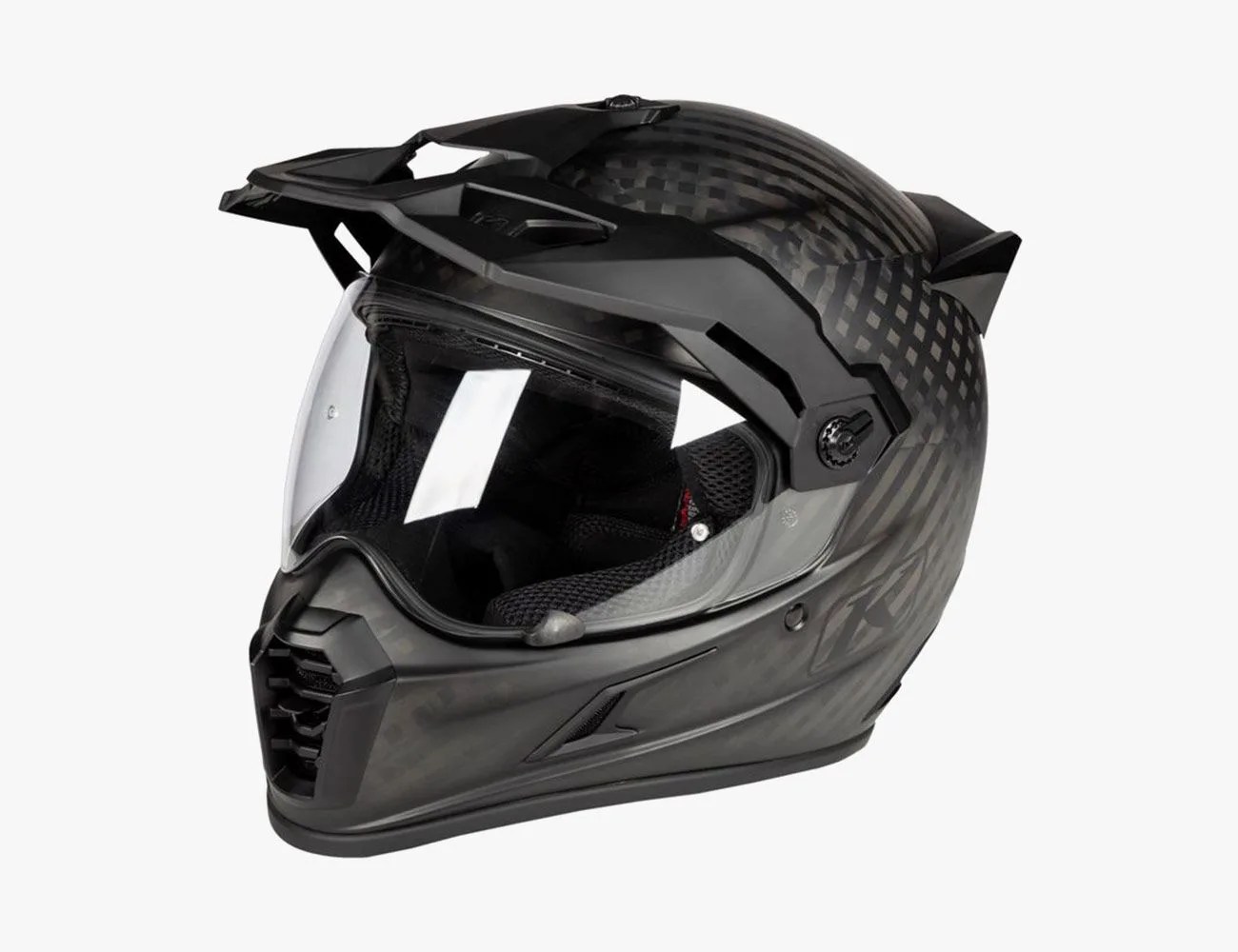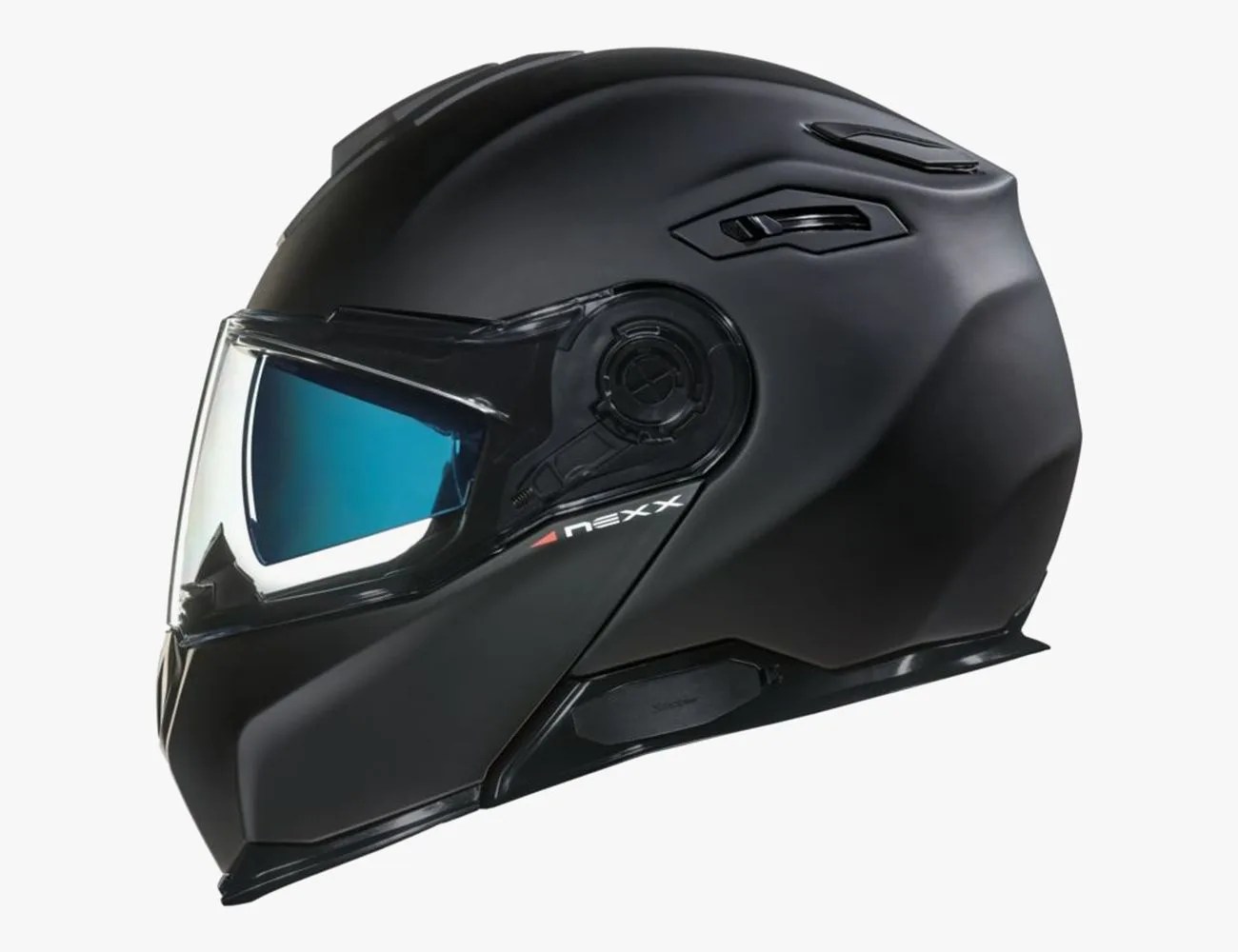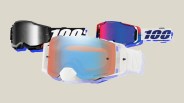A Bluetooth-equipped helmet can be an essential piece of motorcycle safety tech, whether you’re staying in touch with your posse or getting turn-by-turn directions from a paired phone. But the term Bluetooth helmet technically can be a bit of a misnomer. Bluetooth handles the phone pairing in a Bluetooth motorcycle helmet; communicating with other riders happens via proprietary mesh networks with distinct radio bandwidths, sort of like walkie-talkies.
Before we dive into the best picks for your wirelessly-connected helmets, though, let’s go over some of the important differences and features of the category.
Products in the Guide
-
Schuberth C5 Helmet
Best Overall Bluetooth Motorcycle Helmet
Read more -
Bell Race Star Flex DLX Helmet
Best Upgrade Bluetooth Motorcycle Helmet
Read more -
HJC i90 Helmet
Best Budget Bluetooth Motorcycle Helmet
Read more -
AGV K6 Helmet
Best Lightweight Bluetooth Motorcycle Helmet
Read more -
AGV AX9 Carbon Helmet
Best Bluetooth Helmet for ADV Riders
Read more -
AGV Tourmodular Motorcycle Helmet
Read more -
Bell SRT Modular Helmet
The Best Modular Bluetooth Helmet
Read more -
Sedici Sistema II Mips Helmet
Read more -
LS2 Helmets Valiant II Modular Helmet
Best Bluetooth Helmet for Hot Weather Riding
Read more -
Klim Krios Pro Helmet
Best Bluetooth Helmet for ADV Riders
Read more -
Nexx X-Vilitur Helmet
Best Bluetooth Helmet for Using a Go Pro
Read more
Cardo Vs. Sena: 2 Different Comm Systems
Cardo and Sena build the two leading Bluetooth helmet communication systems. Cardo sells its PackTalk system; Sena manufactures its own third-party units and builds the backbone of the proprietary system for manufacturers.
Both the Cardo and Sena systems work fluidly; they’re quick and easy to set up with a smartphone app. Both also feature oversized and fairly straightforward onboard controls. Cardo offers its own voice command system, while Sena allows you to use Apple and Google systems.
Sena offers a couple of advantages. Units like the 50R and 50S include noise-canceling tech, and newer Sena models can accommodate up to 24 riders, while Cardo Packtalk tops out at 15. But the systems are so close in quality that the deciding factor for many buyers may be which system their friends are already using.
